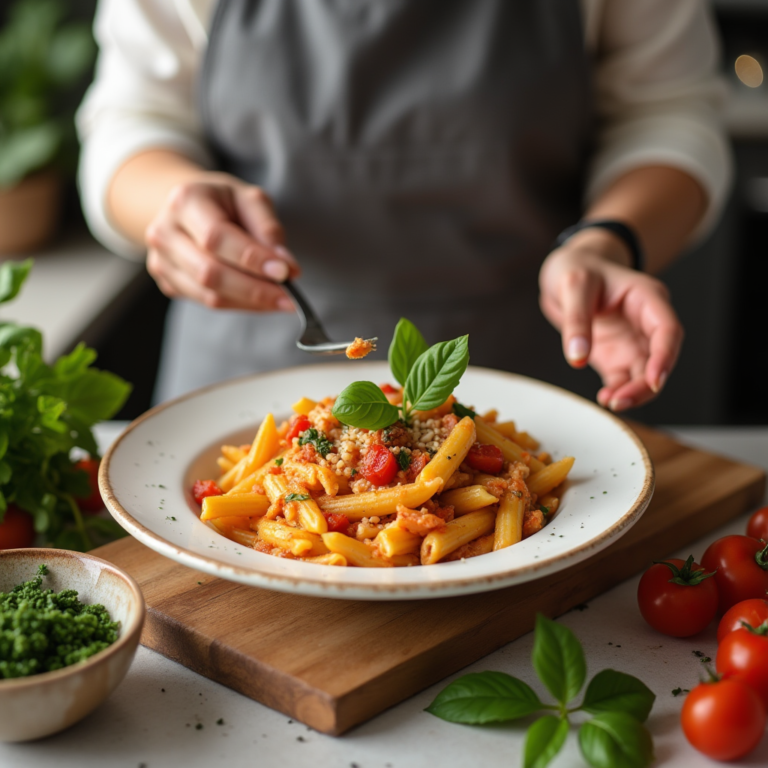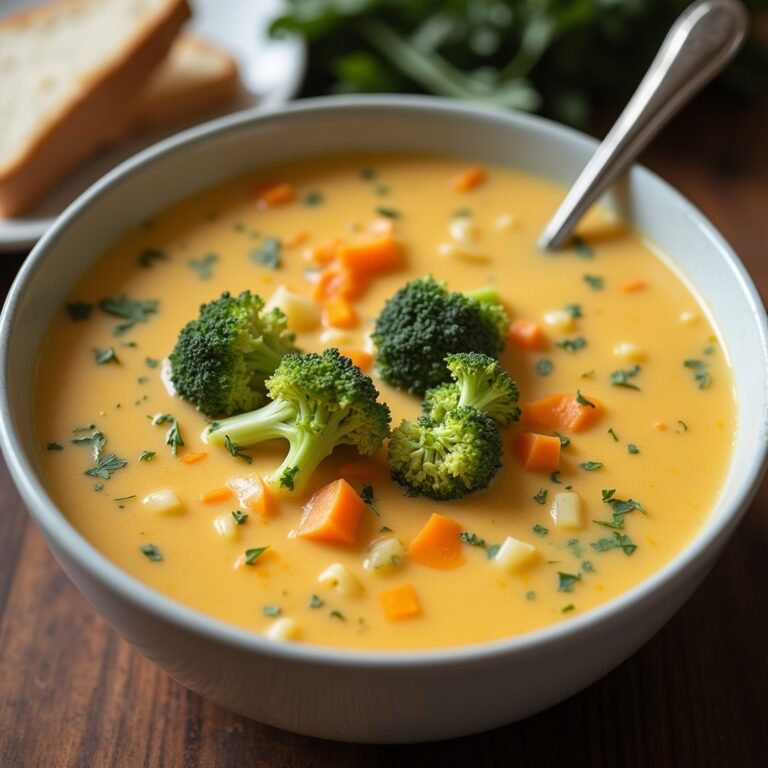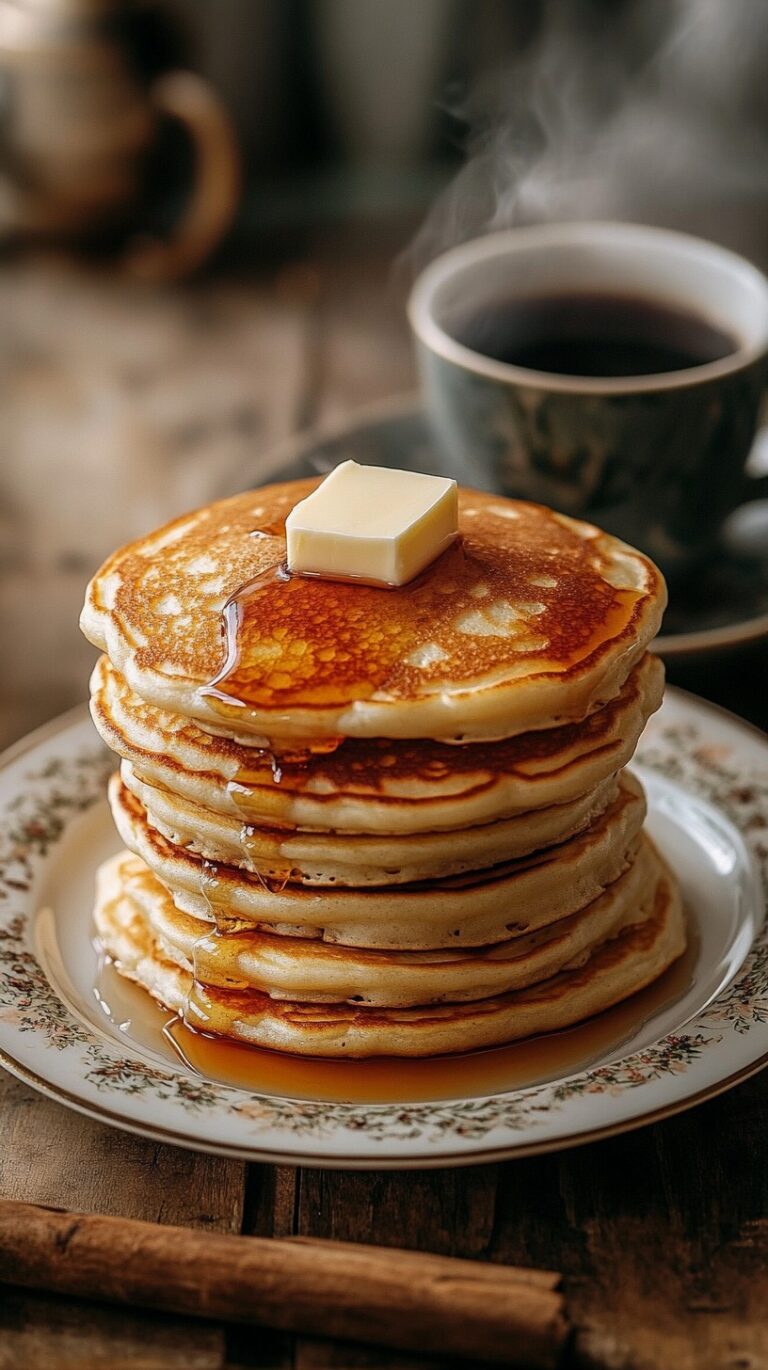Buffalo Chicken Wings near me
How to Make Buffalo Chicken Wings: A Step-by-Step Guide for Perfect Flavor
buffalo Chicken wings recipe ,remind me that we were sitting at a sports bar, enjoying perfectly crispy, sauce-coated buffalo Chicken wings, and wondering if we could recreate that same magic at home. Many home cooks shy away from making buffalo wings, assuming it’s too complicated or requires special restaurant equipment.
I’m here to tell you that learning how to make buffalo wings isn’t as daunting as it seems. With the right technique and ingredients, you can create restaurant-quality wings right in your kitchen. Whether you prefer traditional wings or want to master making buffalo wings sauce from scratch, this comprehensive guide has you covered.
In this step-by-step tutorial, we’ll walk through everything you need to know about creating crispy, flavorful fried buffalo wings. From selecting the perfect wings to achieving that ideal sauce consistency, you’ll learn all the essential techniques to make your wings the star of any gathering.
Essential Ingredients for Authentic Buffalo Chicken Wings

Let’s start with the foundation of perfect buffalo wings – gathering the right ingredients and tools. I’ve learned through experience that the quality of your ingredients directly impacts the final result.
Choosing the right chicken wings
When selecting wings, I always recommend going with fresh chicken wings for the purest flavor While frozen wings can work, fresh wings don’t undergo the same changes that happen during freezing, which is why they command a premium price . If you do opt for frozen wings, look for a reliable brand that freezes their wings immediately after processing to maintain quality .
Traditional buffalo sauce components
The heart of authentic buffalo wings lies in its sauce. The original buffalo sauce, born in Buffalo, NY in 1964, consists of just two primary ingredients: Frank’s RedHot sauce and butter . For the most authentic flavor, we’ll use Frank’s Original RedHot Sauce – not their premade wing sauce. The sauce’s magic comes from balancing these components:
- Hot sauce (Frank’s RedHot)
- Unsalted butter
- Optional enhancers like garlic powder and Worcestershire sauce
Required tools and equipment
To achieve restaurant-quality wings, you’ll need:
- A reliable deep fryer or heavy-bottom pot
- An oven-safe wire rack and baking sheet
- Accurate kitchen thermometer
- Large mixing bowl for sauce coating
- Paper towels for patting wings dry
Remember, having the right tools is just as crucial as quality ingredients. I always prep my workspace with these essentials before starting the cooking process.
Preparing Wings for Perfect Crispiness

The secret to making perfect buffalo wings starts with proper preparation. I’ve learned that achieving that coveted crispy exterior requires attention to detail right from the start.
Proper wing sectioning technique
When working with whole wings, I always section them into three parts. Here’s my foolproof method:
- Hold the wing in a “V” shape to expose the joints.
- Make your first cut between the wing tip and wingette at the high ridge .
- Separate the drumette from wingette at the second joint
- With practice, you can process two pounds of wings in about 2 minutes
Pat-dry and seasoning methods
I’ve discovered that moisture is the enemy of crispiness. For the crunchiest results, I use a two-step drying process. First, I pat the wings thoroughly dry with paper towels . Then, I toss them in a mixture of baking powder and salt – this is my secret weapon for achieving that restaurant-style crunch . The baking powder draws moisture to the surface of the skin, creating that perfect crispy exterior we’re all after.
Temperature considerations
Temperature control is crucial for perfect wings. When frying, I maintain the oil between 350°F and 375°F . For optimal results, I never crowd the pan, as this can cause the oil temperature to drop dramatically . If you’re baking, I recommend starting at 250°F for 30 minutes, then increasing to 425°F for another 40-50 minutes 6. This two-temperature approach helps render the fat properly while ensuring crispy skin.
Mastering the Frying Process
Now comes the exciting part – the actual frying process! I’ve discovered that achieving perfectly crispy wings requires precise temperature control and careful attention to detail.
Oil temperature control
The sweet spot for frying buffalo wings is between 325-350°F . I always use a high smoke point oil like peanut oil, which can handle these temperatures without burning . My secret to consistent results is using an instant-read thermometer to monitor the oil temperature throughout the cooking process.
Batch sizing for best results
I’ve learned through experience that overcrowding is the enemy of crispy wings. I never add more than 8 wing pieces at a time . This might seem time-consuming, but it’s crucial because adding too many wings at once drops the oil temperature significantly, leading to greasy, soggy results.
Achieving golden-brown perfection
Here’s my foolproof process for perfectly fried wings:
- Maintain oil temperature at 350°F
- Fry wings for 8-10 minutes, flipping occasionally
- Check internal temperature (should reach 165°F)
- Look for golden-brown color and clear running juices
I always let the oil temperature recover between batches 11. When done correctly, you’ll notice the wings have a firm texture and emit a savory aroma 12. For extra tenderness, I’ve found that wings can actually handle internal temperatures between 185-200°F without drying out 8.
Creating Classic Buffalo Sauce
The perfect buffalo wing sauce is all about balance and technique. I’ve discovered that creating that signature sauce is both an art and a science, and I’m excited to share my tested method with you.
Butter-to-hot-sauce ratio
The classic buffalo sauce starts with Frank’s RedHot sauce and butter as its foundation 13. I’ve found that the ratio of hot sauce to butter is crucial for achieving the right flavor profile. For a medium heat level, I use a 1:1 ratio, while a 2:1 ratio (hot sauce to butter) creates a spicier version 14. Here’s my pro tip: when you want to increase the heat, don’t add more Frank’s – instead, add ground cayenne pepper to maintain the perfect acid balance 15.
Proper sauce temperature
Temperature management is critical for the perfect sauce consistency. I always prepare my sauce while the wings are cooking 15. The sauce needs to be warm – but not scalding – when coating the wings. If the butter gets too hot, it will separate from the other ingredients and won’t stick properly to your wings. When done right, you’ll notice the sauce has a luscious, smooth consistency that coats the back of a spoon .
Coating technique for even coverage
For the most effective coating, I use this foolproof method: place the wings in a large bowl with a lid while both the wings and sauce are still warm 16. The sauce should be smooth and slightly thick, perfect for coating . I let the wings rest for about 10 minutes after cooking – this is the ideal time to prepare the sauce . If you notice the sauce starting to thicken (which happens as the butter cools), simply reheat it gently over low heat .
Remember, buffalo sauce will naturally change consistency as it cools because of the butter content . That’s why timing is everything – I always ensure my wings and sauce come together at just the right moment for that perfect, glossy coating.
FAQs
- When should you apply buffalo sauce to wings?
- For the best results, apply buffalo sauce after cooking the wings. Once your wings are cooked to crispy perfection, toss them in a large bowl with warm buffalo sauce. This method ensures even coating and prevents the sauce from burning during the cooking process. For extra adherence, you can return the sauced wings to the oven at a lower temperature (around 250°F) for about 15 minutes to set the sauce.
- Are authentic buffalo wings typically fried or baked?
- Authentic buffalo wings are traditionally deep-fried. This method creates a crispy exterior while maintaining a juicy interior. However, many home cooks successfully make baked versions for a healthier alternative. If frying, maintain an oil temperature between 325-350°F for the best results. If baking, use a two-temperature approach: start at 250°F for 30 minutes, then increase to 425°F for another 40-50 minutes to achieve crispiness.
- What’s the secret to Buffalo Wild Wings’ cooking method?
- While Buffalo Wild Wings’ exact method is proprietary, they typically deep-fry their traditional bone-in wings without any breading. The key to their flavor lies in their choice of frying oil (which includes beef shortening) and their secret blend of seasonings. At home, you can achieve similar results by using a high smoke point oil like peanut oil and perfecting your buffalo sauce recipe using Frank’s RedHot sauce and butter as the base.
- How can I make simple, flavorful wings at home?
- To make simple, flavorful wings at home:
- Pat the wings dry thoroughly with paper towels.
- Season with a mixture of salt, pepper, garlic powder, and optional spices like chili powder.
- For extra crispiness, toss the wings in a mixture of baking powder and salt before cooking.
- Cook in a preheated oven at 425°F for about 40-45 minutes, flipping halfway through.
- While the wings cook, prepare your buffalo sauce by combining melted butter and hot sauce (like Frank’s RedHot) in a 1:1 ratio for medium heat.
- Toss the cooked wings in the warm sauce just before serving for the perfect buffalo wing experience.
- What’s the ideal internal temperature for perfectly cooked chicken wings?
- For food safety, chicken wings should reach an internal temperature of at least 165°F (74°C). However, for buffalo wings, you can actually cook them to a higher internal temperature without sacrificing tenderness. Wings can handle temperatures between 185-200°F (85-93°C) and still remain juicy due to their high fat content. Use an instant-read thermometer to check the temperature at the thickest part of the wing, avoiding the bone.

Conclusion
Remember that great buffalo wings need patience and attention to detail. Pat your wings completely dry, monitor oil temperature carefully, and never rush the cooking process. These small but crucial steps make the difference between good wings and amazing ones.
Many home cooks discover that their homemade wings actually taste better than restaurant versions once they master these techniques. My method gives you complete control over heat levels, sauce consistency, and overall flavor profile.
Making restaurant-quality buffalo wings at home comes down to mastering a few key techniques. My experience shows that success lies in selecting fresh wings, maintaining precise cooking temperatures, and perfecting that signature sauce ratio.
Looking for more kitchen adventures? Check out my other recipes – each one breaks down complex restaurant favorites into simple, achievable steps just like this buffalo wings guide.
Armed with these techniques and tips, you’re ready to create perfectly crispy, saucy buffalo wings that will impress at your next gathering. Start with small batches as you learn, and soon you’ll develop the confidence to make wings that rival your favorite sports bar’s signature dish.







